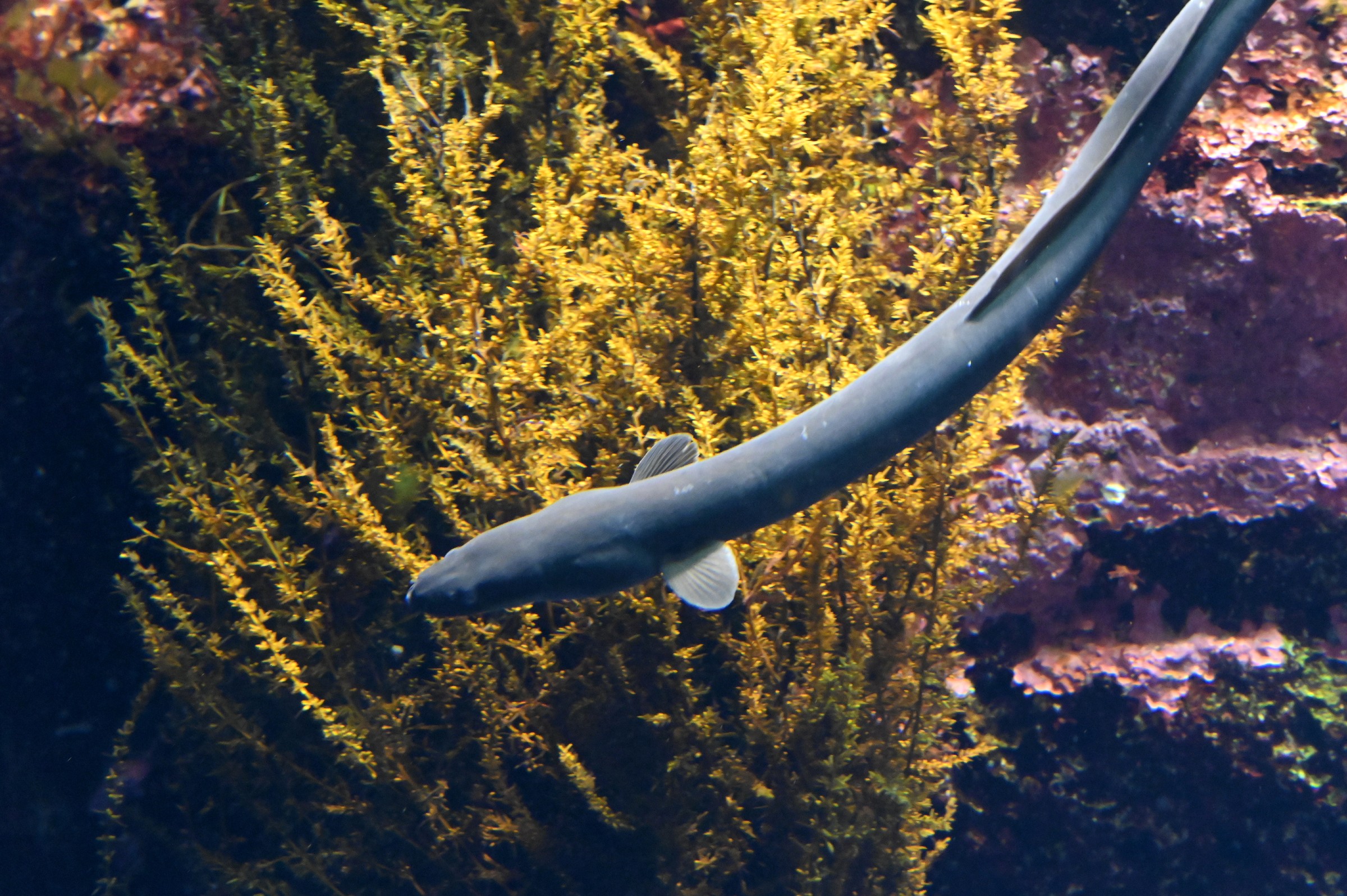The animal kingdom is full of animals with grand and funky defensive tactics to help them avoid being eaten by would-be predators. However, some creatures, like Japanese eels, take things to an entirely different level by waiting to be eaten and then escaping from the predator’s stomach.
A new study featured in the journal Current Biology details the experiments conducted to discover how these eels escape the depths of their would-be predators. It’s actually quite clever. Based on video evidence, which can be viewed in Phsy.org’s report, the juvenile eels wait to be swallowed by their predators.
Then, once they’ve made their way into the predator’s stomach, they start feeling around the body for a way out. The juvenile Japanese eels will even go so far as to insert the tips of their tails through the esophagus and gills of the predator before coiling their body until they are able to pull the rest of their body free.
Previous studies have shown that these eels were more than capable of escaping through the gills of their predators after being captured. However, the researchers weren’t able to determine exactly how they pulled it off. At least, not until now. Using X-ray video, the researchers behind this new study were able to pinpoint exactly how the eels escape.
Out of 32 captured Japanese eels, all but four were swallowed and tried to escape by going back through the digestive tract toward the esophagus and gills. Of those 28 eels, only 13 managed to get their tails into the fish’s gill, and then only nine managed to actually escape. Those nine took an average of 56 seconds to execute their escape.
What’s especially nice about this research is that the scientists say the X-ray methods used in the study can also be applied to observe other predator and prey behaviors. Hopefully, they’ll be able to learn more about what makes escapes more successful for these eels.


